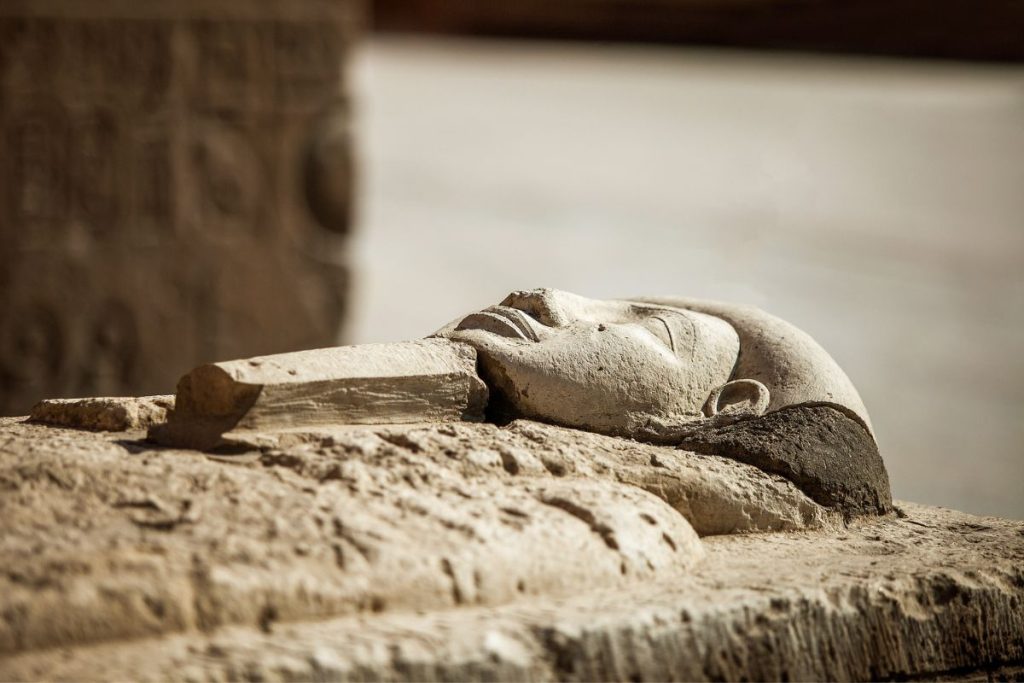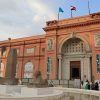Introduction
Imagine stepping back in time to an era often hailed as Egypt’s Classical Age, a period where art, literature, and architecture flourished under the watchful gaze of powerful pharaohs. Welcome to theMiddle Kingdom Pharaohs, a pivotal chapter in ancient Egyptian history that left an indelible mark on civilization. Spanning from approximately 2050 to 1710 BCE, this era was characterized by remarkable achievements that not only restored Egypt’s former glory but also laid the groundwork for future greatness. Join me on a journey through this fascinating period, where the echoes of pharaohs’ decrees and the beauty of their creations continue to resonate through the ages.
1. Overview of the Middle Kingdom Pharaohs
The Middle Kingdom, often referred to as Egypt’s Renaissance, bridged the gap between the Old Kingdom’s grandeur and the New Kingdom’s imperial might. It was a time of reunification and rejuvenation following the turmoil of the First Intermediate Period. Picture Egypt in disarray, with fragmented power and internal strife. Enter Mentuhotep II, the pharaoh who rose to the challenge of reuniting the land. Under his leadership, Egypt saw the dawn of a new era, marked by centralized power and the restoration of order.
Historical Context
The Middle Kingdom Pharaohs began with the reunification of Upper and Lower Egypt, a significant milestone after the decentralization and chaos of the First Intermediate Period. This reunification was not merely political but symbolized the return of Ma’at, the ancient Egyptian concept of truth, balance, and cosmic order. Middle Kingdom Pharaohs were seen as the guardians of Ma’at, entrusted with the divine duty of maintaining harmony and stability.
Pharaohs’ Role
Middle Kingdom Pharaohs played a crucial role in re-establishing centralized authority. They were more than rulers; they were seen as demi-gods, the living embodiment of the gods on Earth. This period saw the establishment of a more complex bureaucracy, ensuring that the pharaoh’s will was executed across the land. Through their leadership, Middle Kingdom Pharaohs were able to bring about a renaissance in Egyptian culture, economy, and social structure.
As we delve deeper into the Middle Kingdom, we will explore the lives and legacies of its most notable pharaohs, uncovering the stories of their reigns and their lasting contributions to one of the greatest civilizations in human history.
2. Prominent Pharaohs of the Middle Kingdom
The Middle Kingdom saw the rise of several remarkable pharaohs whose reigns were marked by achievements that would echo through the ages. These leaders were not just rulers but visionaries who transformed Egypt, bringing stability, prosperity, and cultural richness to their kingdom. Let’s meet some of the most notable pharaohs of this era.
Mentuhotep II: The Reunifier
Imagine the chaos and fragmentation of a divided Egypt, a land yearning for a leader to restore its former glory. Mentuhotep II answered this call. Ascending the throne around 2050 BCE, he undertook the monumental task of reunifying Egypt, marking the beginning of the Middle Kingdom. Through military prowess and strategic alliances, Mentuhotep II brought an end to the discord of the First Intermediate Period. His reign, which lasted for over half a century, was a beacon of stability and growth. The pharaoh’s most enduring legacy is his mortuary complex at Deir el-Bahari, a testament to his architectural ambition and the cultural renaissance he initiated.
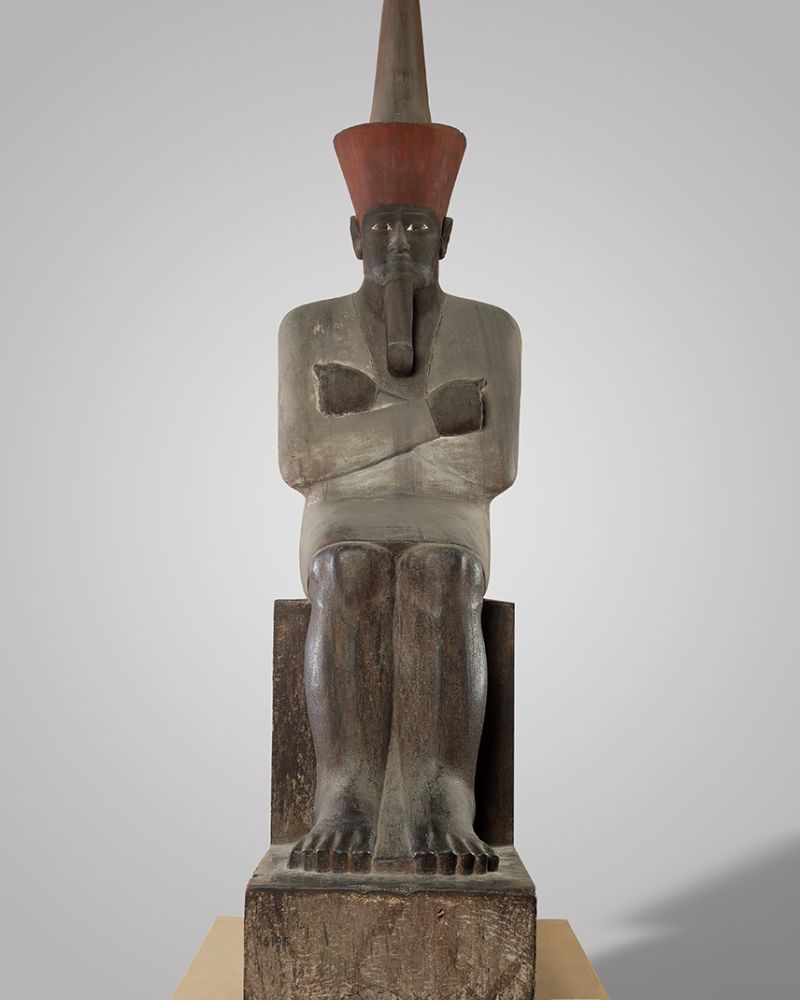
Amenemhat I: The Architect of a Dynasty
Following in the footsteps of Mentuhotep II, Amenemhat I founded the Twelfth Dynasty, one of the most prosperous periods in ancient Egyptian history. Picture a leader who not only consolidated power but also introduced coregency, a system where the ruling pharaoh shared power with a chosen successor to ensure a smooth transition. This innovation provided stability and continuity, allowing Egypt to thrive. Amenemhat I relocated the capital to Itjtawy, a city whose exact location remains a mystery but symbolized the centralization of his administration. His reign marked the beginning of extensive building projects and the fortification of Egypt’s borders.
Senusret III: The Warrior Pharaoh
Senusret III, often depicted with a stern and determined visage, epitomized the warrior pharaoh. His reign was characterized by a series of military campaigns that expanded Egypt’s influence and secured its borders. Imagine a leader whose military expeditions into Nubia were so effective that they resulted in the construction of a series of fortresses along the Nile, ensuring Egypt’s control over this vital region. Senusret III was not only a military strategist but also an administrative reformer, centralizing power further and enhancing the efficiency of the state. His legacy includes the magnificent Pyramid of Senusret III at Dahshur and numerous statues that reflect his powerful presence.
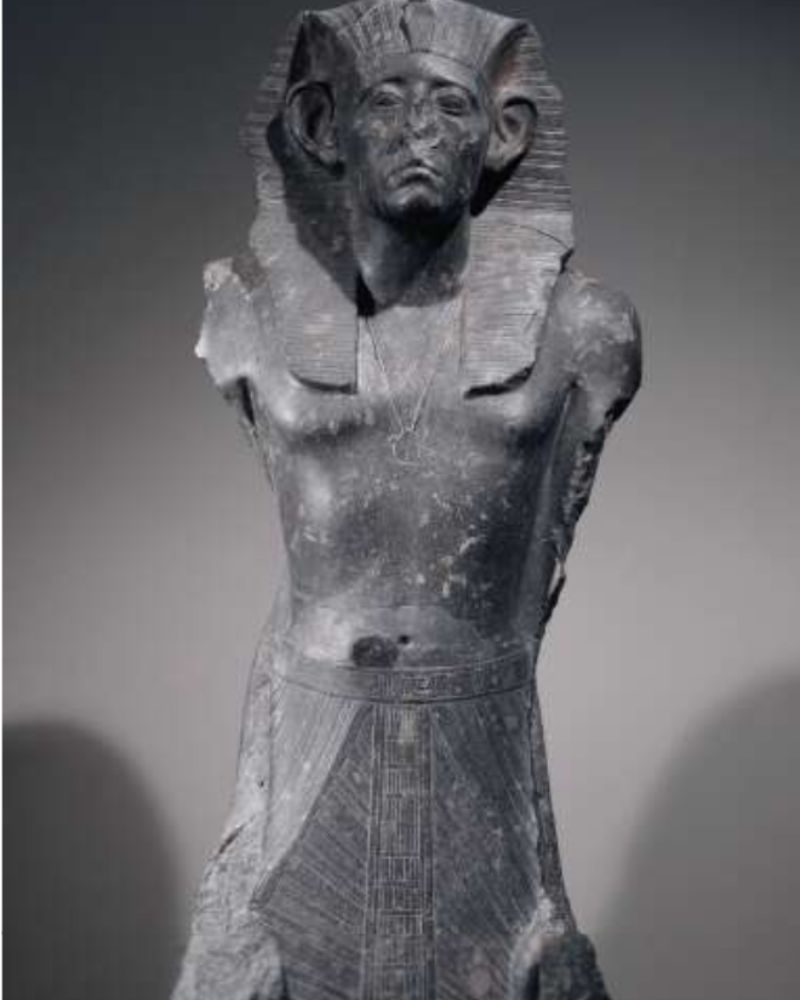
Amenemhat III: The Prosperous Builder
Under the reign of Amenemhat III, Egypt reached new heights of economic prosperity and architectural achievement. Visualize a kingdom flourishing with abundant harvests and bustling trade. Amenemhat III capitalized on Egypt’s resources, undertaking ambitious construction projects, including the expansion of the Faiyum Oasis and the building of the labyrinthine complex at Hawara, which Herodotus later described as more impressive than the pyramids. His reign saw the development of the agricultural infrastructure that supported Egypt’s growing population and facilitated trade with neighboring regions.
3. Achievements and Contributions
The Middle Kingdom pharaohs were not only adept rulers and warriors but also patrons of art, literature, and architecture. Their contributions laid the foundation for Egypt’s cultural and intellectual legacy.
Architecture
The Middle Kingdom witnessed a renaissance in architectural innovation. Imagine the evolution of pyramid construction, moving from the massive, smooth-sided pyramids of the Old Kingdom to more complex and intricate designs. The Pyramid of Senusret III at Dahshur is a prime example, showcasing advancements in building techniques and artistic embellishment. Temples and fortresses also dotted the landscape, reflecting the pharaohs’ desire to leave a lasting legacy of stone and artistry.
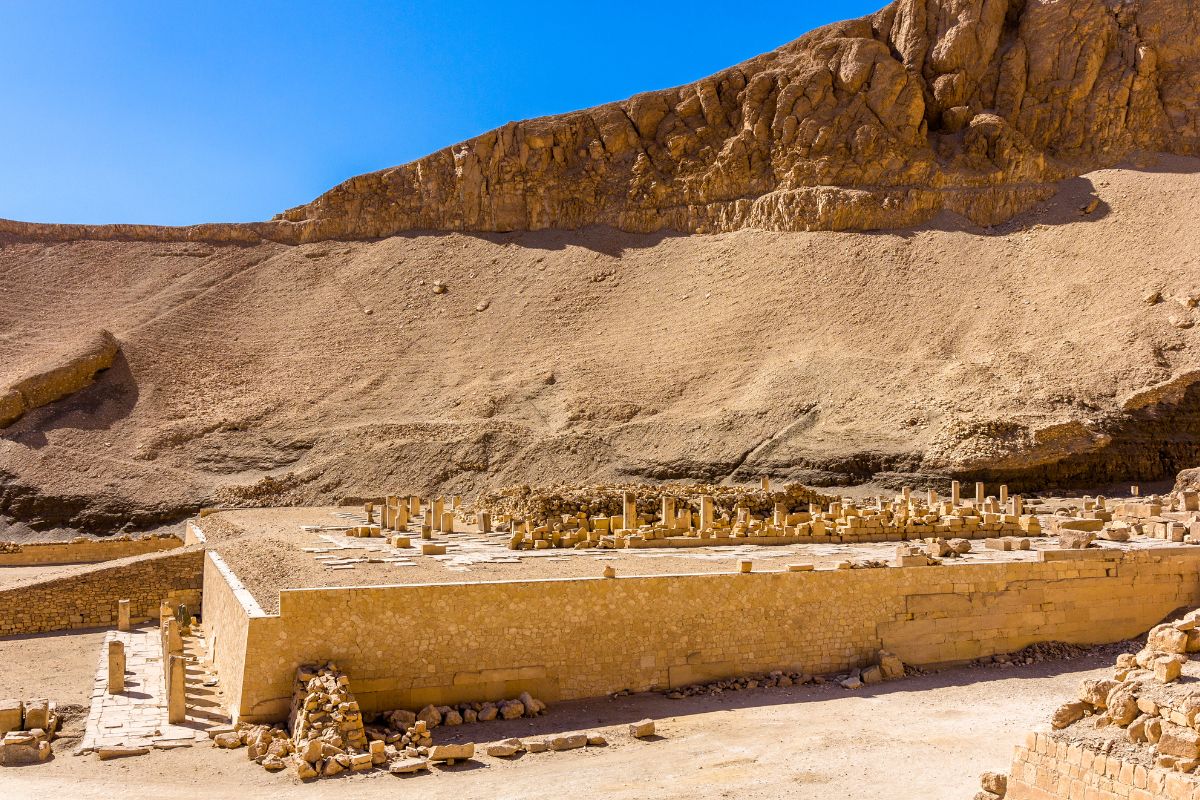
Literature
In the realm of literature, the Middle Kingdom is often considered a golden age. Picture a society where the written word flourished, giving rise to timeless works such as “The Tale of Sinuhe,” a narrative that blends adventure, loyalty, and the human experience. This era also saw the compilation of wisdom texts and instructional literature, which provided moral and practical guidance for daily life. The flourishing of literature during the Middle Kingdom set a standard for subsequent generations and enriched the cultural tapestry of Egypt.
Art and Culture
The artistic achievements of the Middle Kingdom reflect a revival of Old Kingdom traditions, combined with new innovations. Imagine statues and reliefs that capture the pharaohs’ authority and divine nature with unparalleled realism and detail. Advances in sculpture, painting, and jewelry-making during this period highlight the skill and creativity of Egyptian artisans. These cultural achievements not only adorned the temples and tombs but also served as symbols of the pharaohs’ divine power and their connection to the gods.
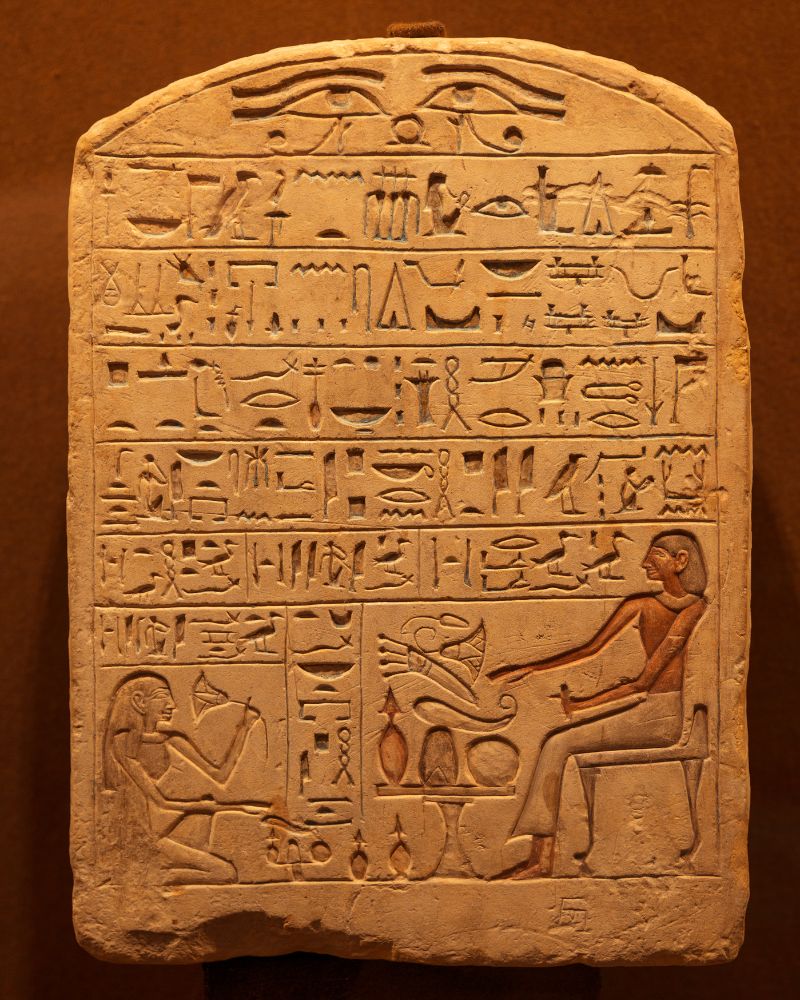
Administration
The Middle Kingdom also saw significant advancements in governance. Picture a well-organized state with a complex bureaucracy that ensured the efficient administration of resources and justice. Innovations in governance included the establishment of new administrative practices, such as detailed record-keeping and the appointment of regional governors who reported directly to the pharaoh. These reforms strengthened the central authority and contributed to the stability and prosperity of Egypt.
4. Legacy of the Middle Kingdom
The influence of the Middle Kingdom extended far beyond its own era, shaping the future of Egypt and leaving a lasting legacy that would be remembered and revered by later generations.
Cultural Legacy
The achievements of the Middle Kingdom pharaohs laid the groundwork for the New Kingdom, often considered the height of ancient Egyptian civilization. The cultural and intellectual advancements of this period influenced not only subsequent Egyptian dynasties but also neighboring civilizations. The Middle Kingdom’s emphasis on art, literature, and architecture set a standard for excellence that future pharaohs aspired to emulate.
Historical Records
The preservation of Middle Kingdom achievements in inscriptions and monuments provides valuable insights into this pivotal era. Imagine the detailed accounts of pharaohs’ reigns, military campaigns, and construction projects carved into stone for posterity. These records have allowed modern historians and archaeologists to piece together the history of the Middle Kingdom and appreciate its contributions to human civilization.
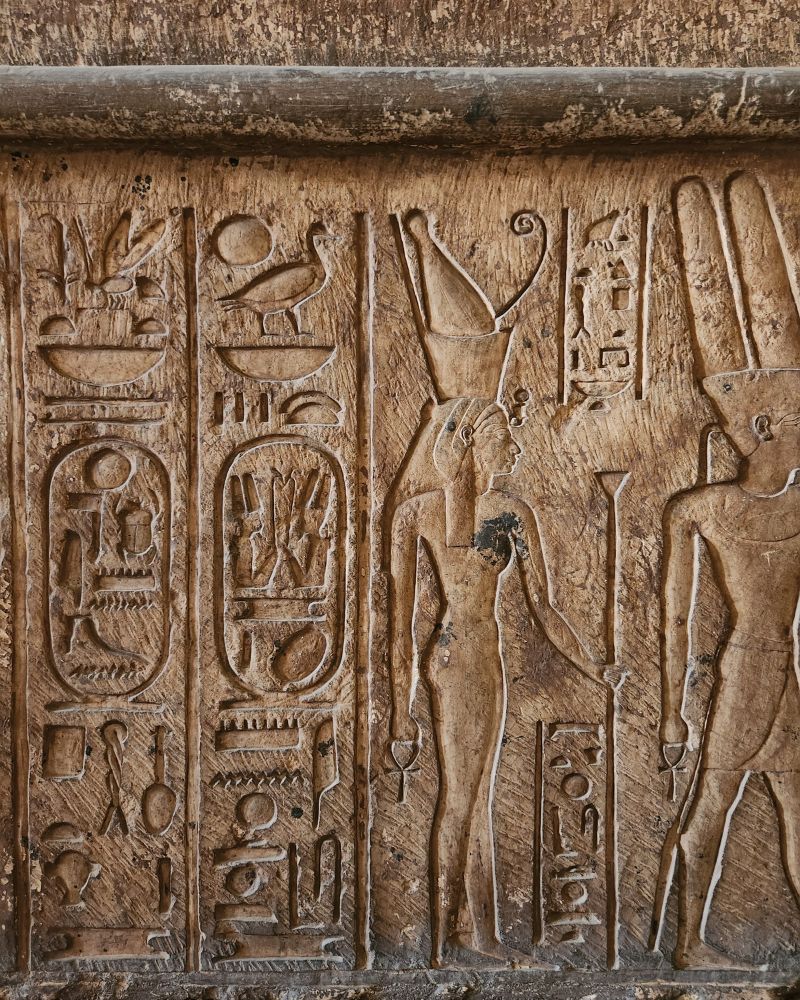
Continuity and Change
As we transition from the Middle Kingdom to the Second Intermediate Period, we see a continuity of cultural and administrative practices, even amid political upheaval. The lessons learned and the innovations introduced during the Middle Kingdom continued to influence Egyptian society, ensuring that the legacy of this remarkable era endured through the ages.
Conclusion
In conclusion, the Middle Kingdom stands as a testament to the resilience, creativity, and vision of ancient Egypt’s pharaohs. From the reunification efforts of Mentuhotep II to the architectural brilliance of Amenemhat III, this era shaped the course of Egyptian history and left a lasting legacy that continues to captivate and inspire. The Middle Kingdom’s contributions to art, literature, architecture, and governance not only restored Egypt’s former glory but also laid the foundation for its future greatness. As we explore the rich history of this pivotal era, we gain a deeper appreciation for the enduring achievements of the Middle Kingdom pharaohs and their profound impact on the world.

Faris is the passionate founder of Travel2Egypt, deeply connected to Aswan’s essence. He aims to share the true heart of Egypt through its rich history, vibrant culture, and the warmth of its people. Join Faris to experience the magic of Aswan beyond the usual tourist paths.

